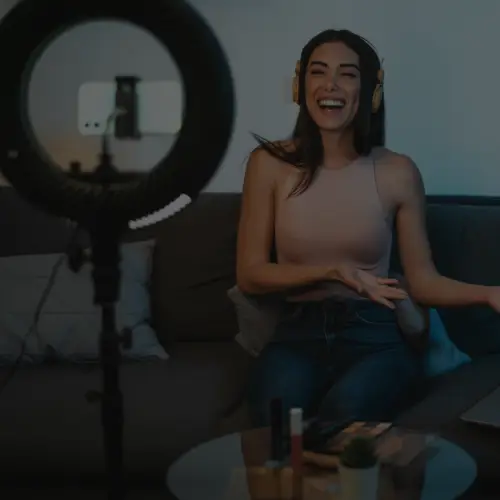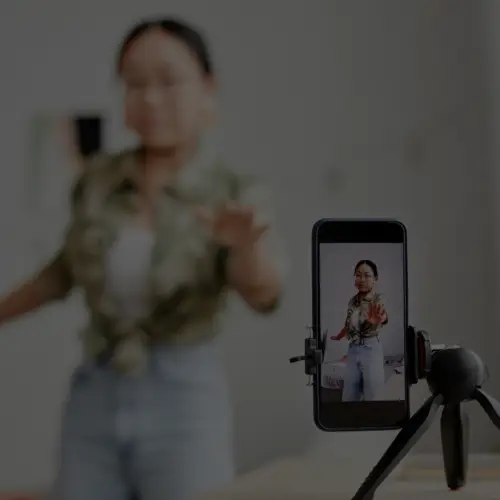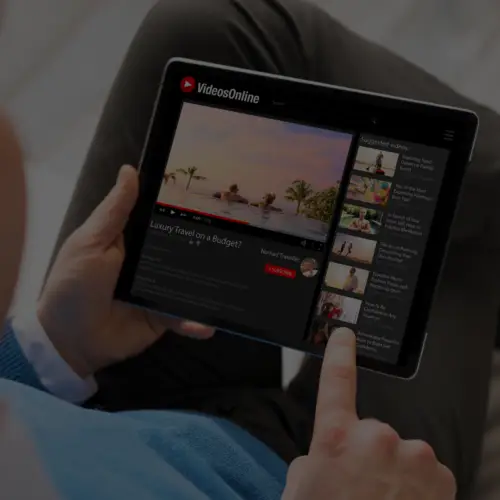08 Nov How the Pin Collective Could Reinvent Pinterest for Brands
At first glance, Pinterest is essentially a digital scrapbook, a repository of things people would like to either have or do—a collection of curated odds and ends, inspirational quotes and ideas. However, look a little deeper and you’ll find that every board is a glimpse into someone’s innermost ideas and aspirations, making this database of persons, places and things a nearly invaluable tool to marketers and advertisers. Perhaps this is why Pinterest recently announced the Pin Collective, it’s latest attempt to break into the advertising industry. The Pin Collective’s main objective is to leverage the creative capabilities of popular influencers to produce “inspiring, actionable pins” that are optimized for the platform’s visual format. In order to create these pins, Pinterest has brought on board Brit + Co, Tastemade, Refinery29, PureWow, The Mill, McBeard, Loop88, and Moment Studio in addition to five individual creators: Kyla Herbes, Gary Arndt, Amanda Holstein, Sarah Barnes, and Peter Lombardi. Given that 75% of content on Pinterest comes from brands, read on to discover how the Pin Collective might just revolutionize your campaign strategy.
Less Time, More Content
If there’s anything marketers are short on, it’s time. “We know marketers have a lot to manage,” wrote Pinterest creative strategist Nikki Bazzani in Pinterest’s official blog post. “To make sure it’s always easy to advertise on Pinterest, we’re developing a creative ecosystem that helps marketers of all sizes create inspiring, actionable Pins – no matter their budget or production resources.” With that strategy in mind, the Pin Collective aims to create a collective of quality content creators that specialize in each of Pinterest’s most popular topics: home design, travel, fashion, lifestyle and food. Rather than spend valuable time and resources sourcing quality content, brands now have the opportunity to be paired directly with a content creator that perfectly matches their individual style and campaign objectives, leaving more time and energy to direct toward planning and strategy. The result? Expertly crafted content that’s optimized for Pintest’s visual format in addition to saved time and resources.
Save Worthy Stuff
For the majority of users, Pinterest is a way to plan for the future, curate tips and tricks, and show off one’s personal tastes and passions in an aspirational format. Those who use Pinterest are looking to be inspired, not sold to, and the quickest way to lose their trust is to plaster their boards with heavily branded content or promotions. This aversion to branding is what makes advertising on Pinterest so difficult, but help from the Pin Collective might have the power to change that by helping brands promote a lifestyle rather than a product.
By partnering with Pin Collective influencers (who likely already have a sizable following on Pinterest) brands will be able to create content that reflects (rather than targets) their intended audiences by crafting pins that illustrate how a product fits into consumer’s lives. For example, a new sweater collection becomes “10 Ways to Style a Knit Sweater” or listed amongst other items in “15 Fall Favorites”. Though brands have already been using Pinterest in this way, the Pin Collective’s organic, subtly branded approach perfectly matches Pinterest’s aspirational, DIY spirit, resulting in visually appealing content that’s relevant to consumer’s passions and interests. Given Pinteret’s status as a top traffic driver for retailers, this new approach could be a very powerful thing.
Improved Storytelling Capabilities
Beauty tips, how-tos, home décor and recipes are some of Pinterest’s most popular categories, and ones that brands would be wise to engage in. Tailor made pins from the Pin Collective give brands the ability to improve their content mix and capitalize on trending topics, inserting themselves into conversations they may not have been privy to on other platforms. With the help of the Pin Collective, a paint company could create a series of pins on fashion inspired by various shades or Pantone colors, while a grocery chain could engage users with healthy eating tips and ideas for quick weeknight dinners.
In addition to improving content mix, the Pin Collective aims to diversify the type of content marketers produce by providing brands with the tools needed to include videos, GIFs, cinemagraphs and interactive games and apps into their strategy. Pinning videos can help brands generate more traffic, increase video views, and reach a new audience they might not have previously connected with. With help from the Pin Collective’s production shops, short, high quality videos will be easier than ever to produce, which is great news for anyone looking to drive mobile video views, as 80% of Pinterest’s traffic now comes from mobile devices.
Consistent Visuals
Besides producing more organic, engaging content, utilizing the creative capabilities of the Pin Collective will allow brands to create content consistent with their visual guidelines. By working with content creators to create posts aligned with specific objectives, brands have the ability to tailor the look of their pins to their specifications, rather than relying on third parties who may or may not share the same visual standards. The result is a more cohesive, curated feel that reflects the individual voice and “look” of the brand, one that users will recognize even when viewing Pins outside of the brand’s intended boards. Creating a stronger visual identity on Pinterest also has the possibility to attract users who do not currently follow a brand, as users could be drawn in by a certain aesthetic.
Though the Pin Collective’s pilot was a success, the company still has a lot of work to do to make Pinterest a major player in the advertising industry. While there’s no growth without innovation, it remains to be seen whether the Pin Collective will become a marketing tool or simply a place to find the photograph or DIY hack you were looking for.







